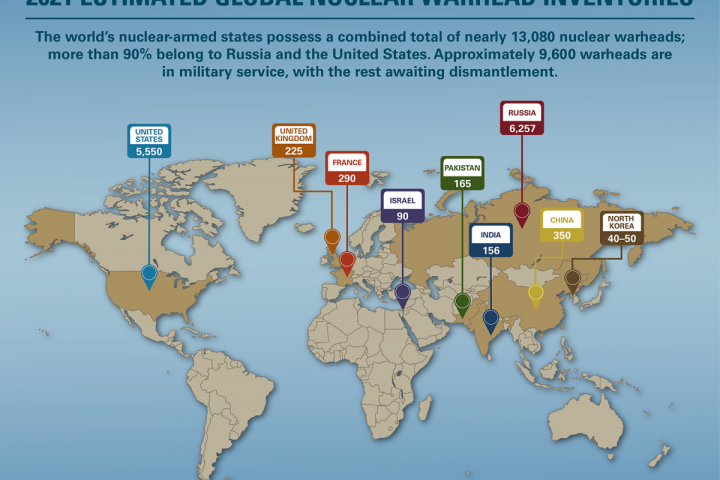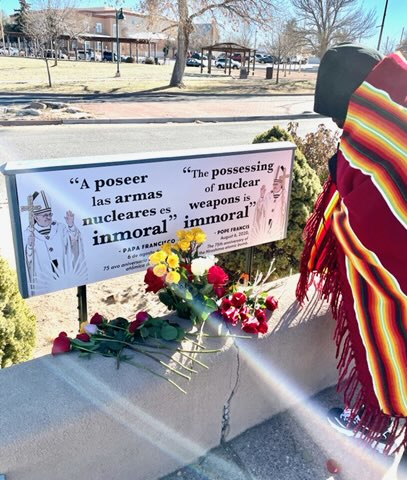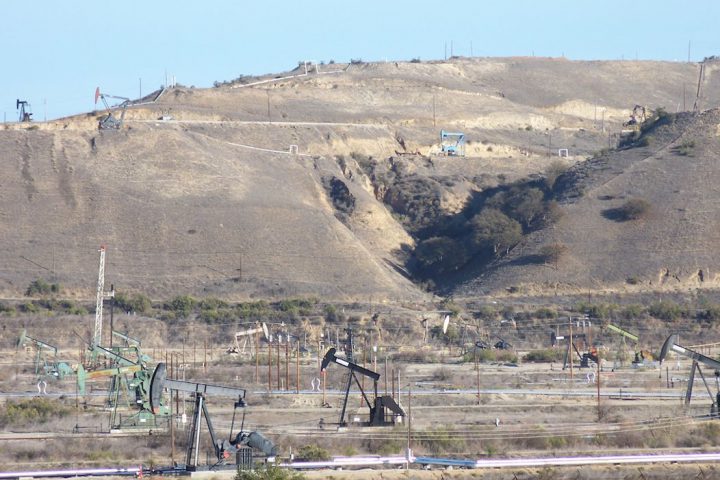BY JAY COGHLAN
Good article indeed. Kudos to Scott Wyland.
But to add to it:
The National Nuclear Security Administration (NNSA) cannot do, or rather will not do, good governance 101 for its largest program ever (i.e., expanded plutonium pit production), which is credible cost estimates and schedules. Why won’t NNSA do that? Because of PR and political concerns when their flaky cost estimates (such as they are) get blown up by inevitable escalating costs. NNSA knows that if it gave accurate projected costs Congress and the public would balk. Thus, the agency goes in lowballing costs, which always inevitably rise. I could rattle off a dozen NNSA projects over the last 15 years in which costs have exploded, wasting tens of billions of taxpayers’ dollars.
But get this, future pit production is also unnecessary and may actually degrade national security. To begin with, independent experts have found that pits have serviceable lifetimes of at least a century (their average age is now around 40). And we already have at least 15,000 existing pits stored at the Pantex Plant near Amarillo, TX.



/cdn.vox-cdn.com/uploads/chorus_image/image/71550878/GettyImages_515016314a.0.jpg)


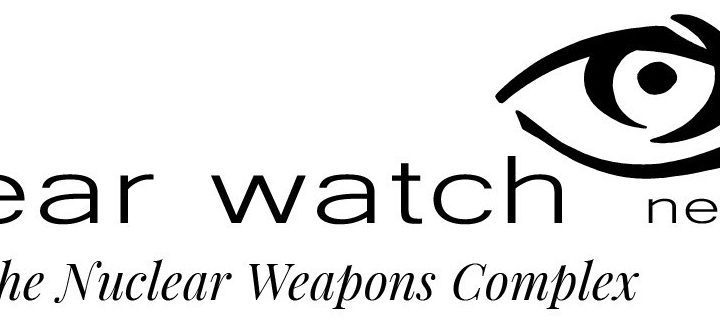




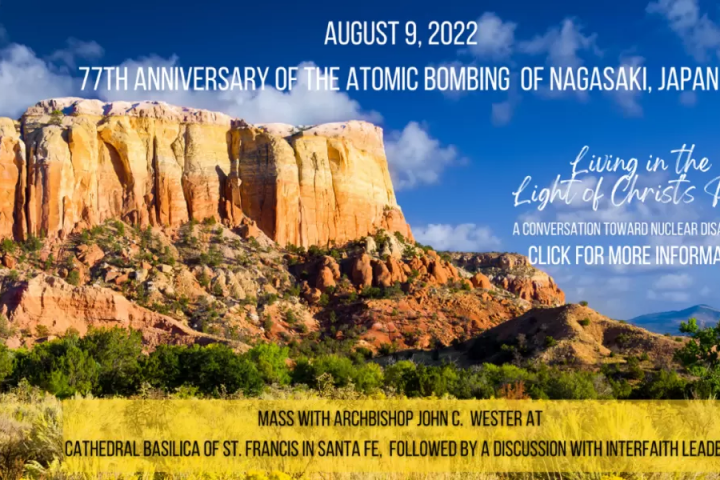

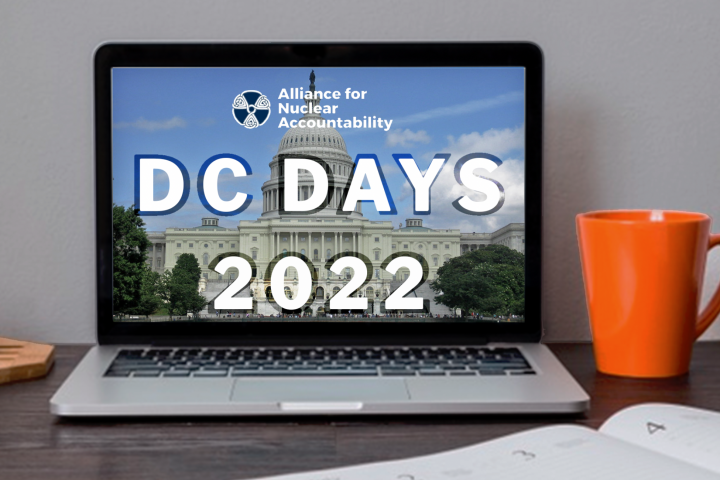

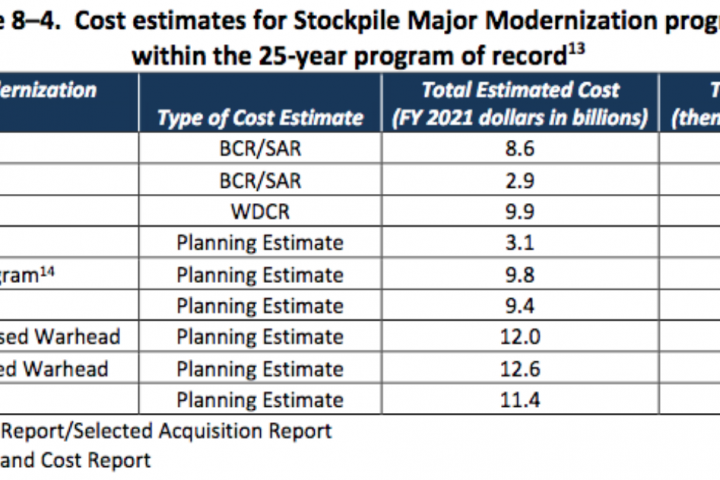
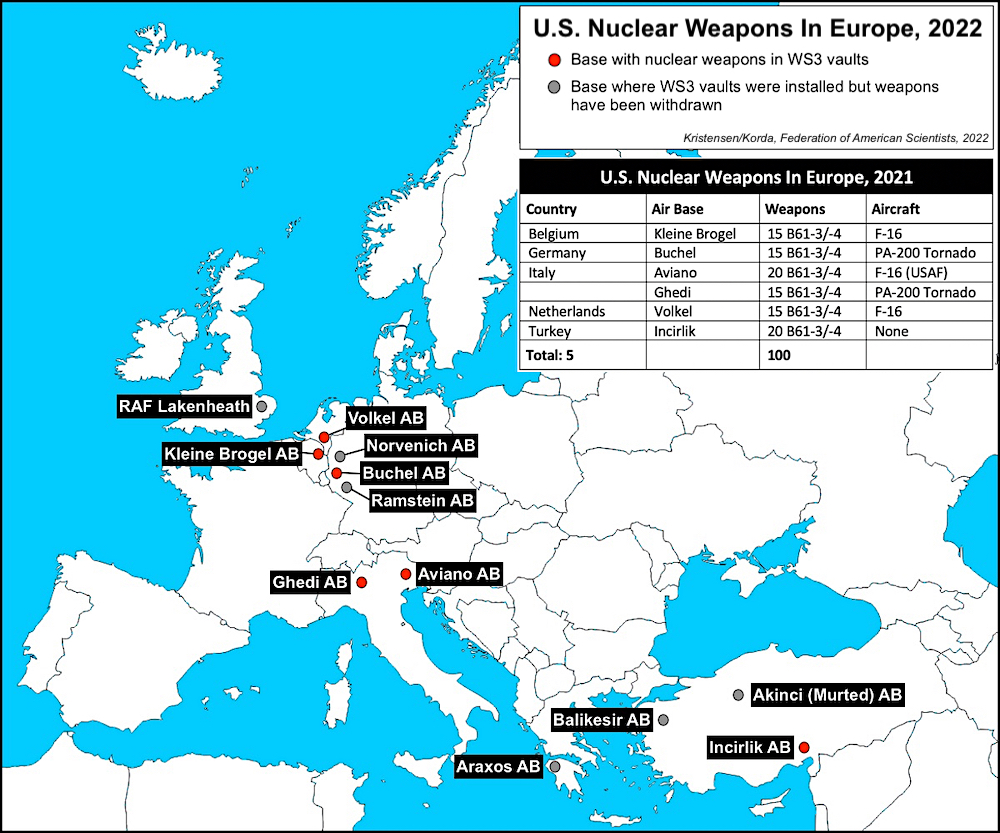
 It seems like my generation has never before experienced this much nuclear fear. And what do we do with it? Laugh any way we can, for one. Putin has threatened the use of nuclear weapons by increasing Russia’s nuclear forces alertness levels and stating in a national address, “…For those who may be tempted to interfere in these developments from the outside, No matter who tries to stand in our way or all the more so create threats for our country and our people, they must know that Russia will respond immediately, and the consequences will be such as you have never seen in your entire history.”
It seems like my generation has never before experienced this much nuclear fear. And what do we do with it? Laugh any way we can, for one. Putin has threatened the use of nuclear weapons by increasing Russia’s nuclear forces alertness levels and stating in a national address, “…For those who may be tempted to interfere in these developments from the outside, No matter who tries to stand in our way or all the more so create threats for our country and our people, they must know that Russia will respond immediately, and the consequences will be such as you have never seen in your entire history.”

